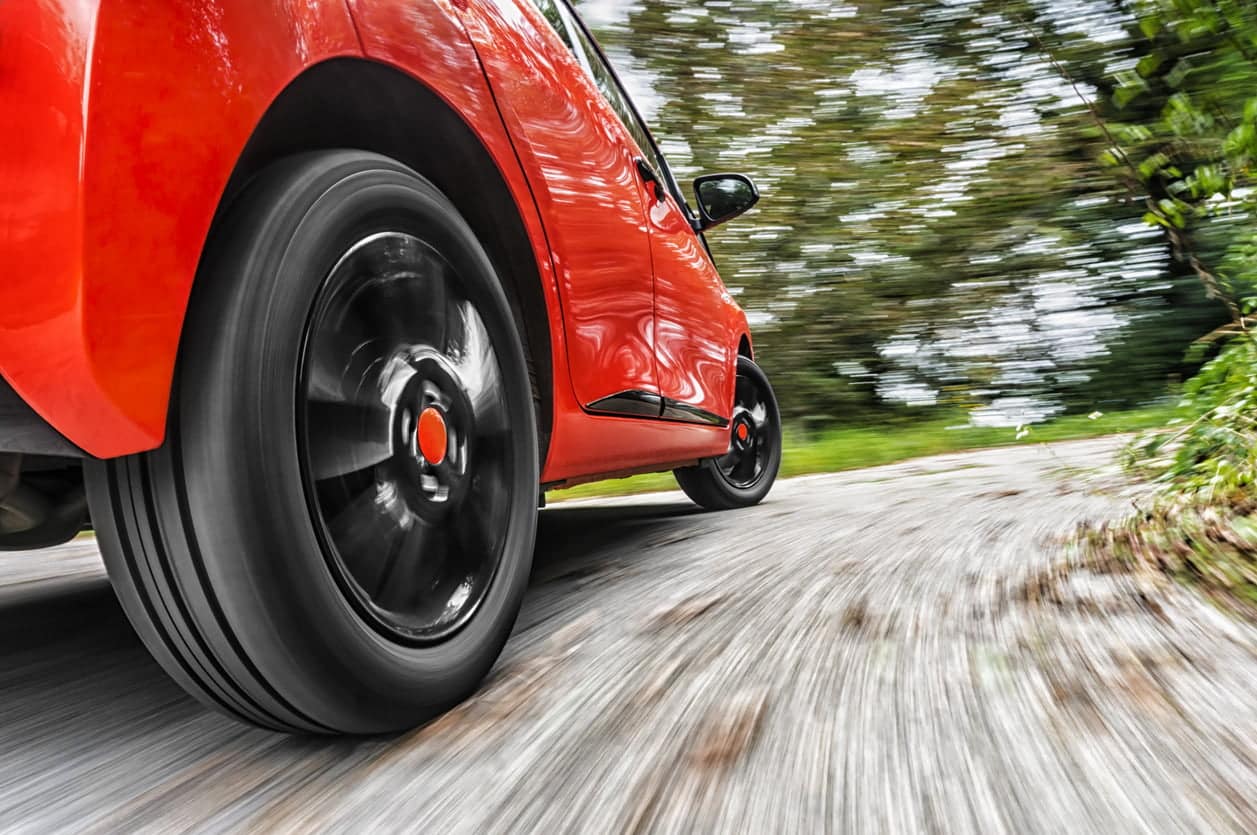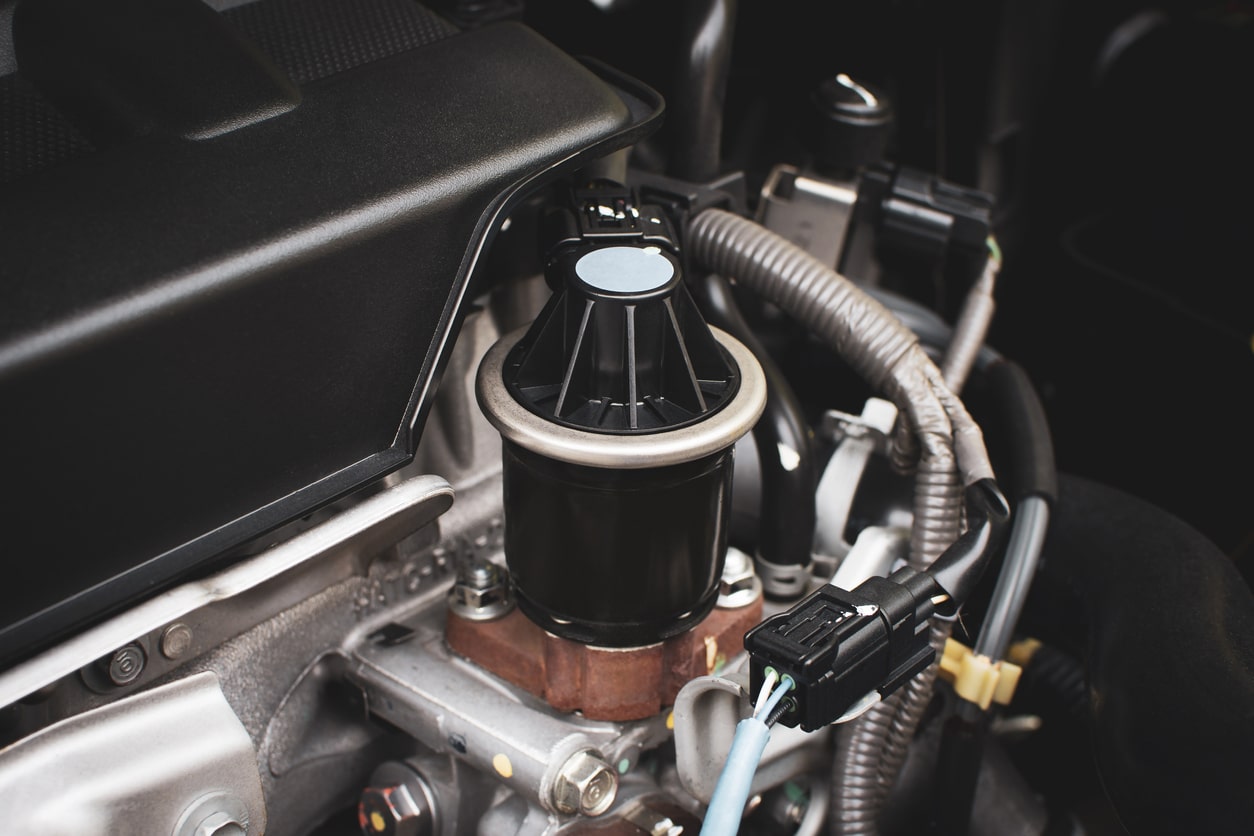Does your car need new tyres? Take the hassle out of your search with our ultimate guide to finding and buying the right tyres for your car.
We’ve covered everything there is to know about finding car tyres, including how to find out what type of tyres fit on your car and the pros and cons of different makes and models. Use the links below to navigate the guide.
Quick links
How to Find Out Your Car’s Tyre Type
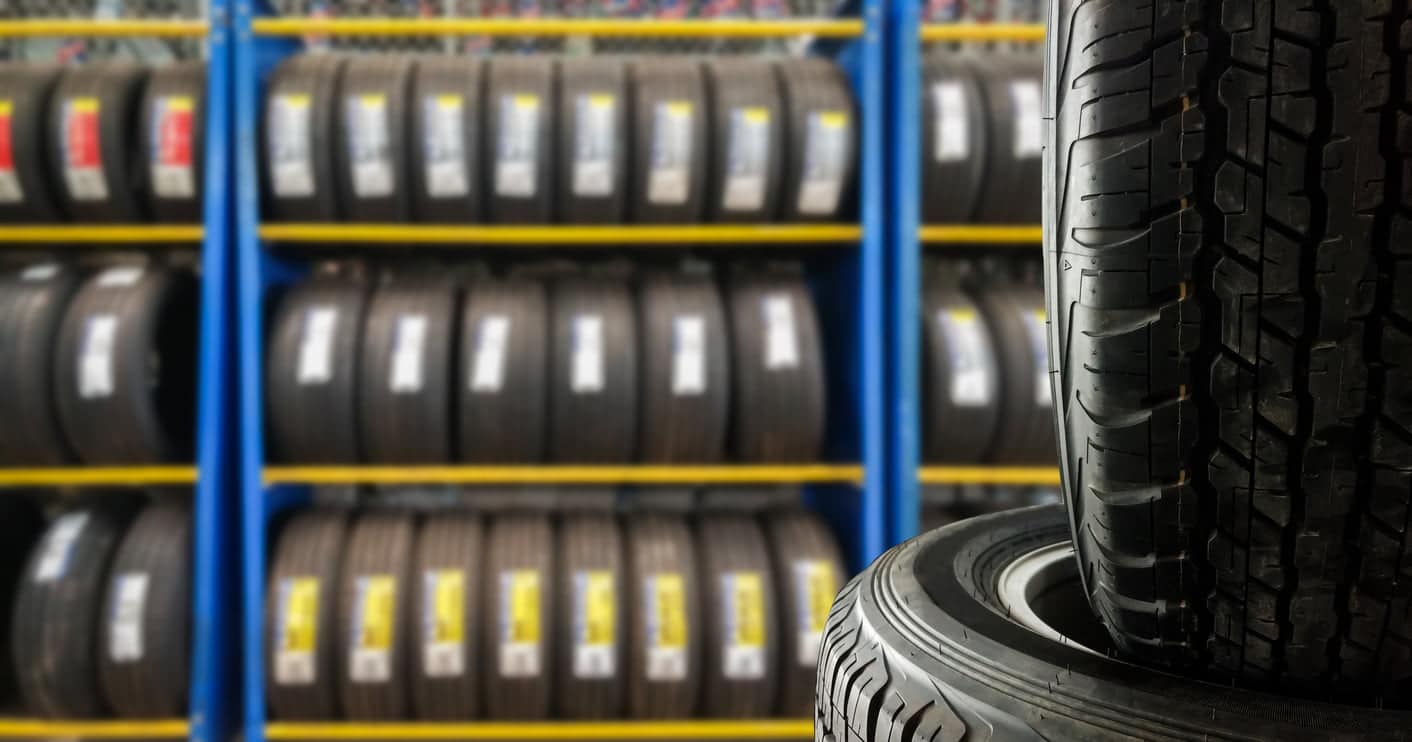
There are a few ways to find out what tyres you need for your car:
-
-
-
- Online tyre merchants – The easiest way to find tyres for your car is through an online tyre store. Sites like Halfords let you input your reg number to quickly find compatible tyres. We’d always recommend triple-checking they’re the right sort before buying though.
- Your manual – If you’ve still got your car’s manual, it’s definitely the first place you should look for information about your car’s tyres. Most manuals will provide the full tyre specification, as well as a list of recommended brands and suppliers.
- Online forums – Most makes and models have a dedicated online forum where you can find a ton of information about your car, including its tyres. This is a great way to find the very best tyres for your car, as you can read impartial reviews from other drivers who have had success with a certain brand or tyre type.
- Look at the sidewall – All the information you need about your car’s tyres can be found on the sidewall of your current set. It’s a legal requirement that manufacturers print tyre information on the sidewall, including the speed rating, width, height, rim diameter, load rating and aspect ratio. We go into more detail on what these numbers mean and how to find them below.
- Take it to a garage – If you’re really not sure what tyres you need, swing by a local garage and have them take a look. A professional mechanic will be able to get you sorted with new tyres in under an hour, but where you can we’d always recommend shopping around for the best deal first.
-
-
Things to Consider When Buying Tyres
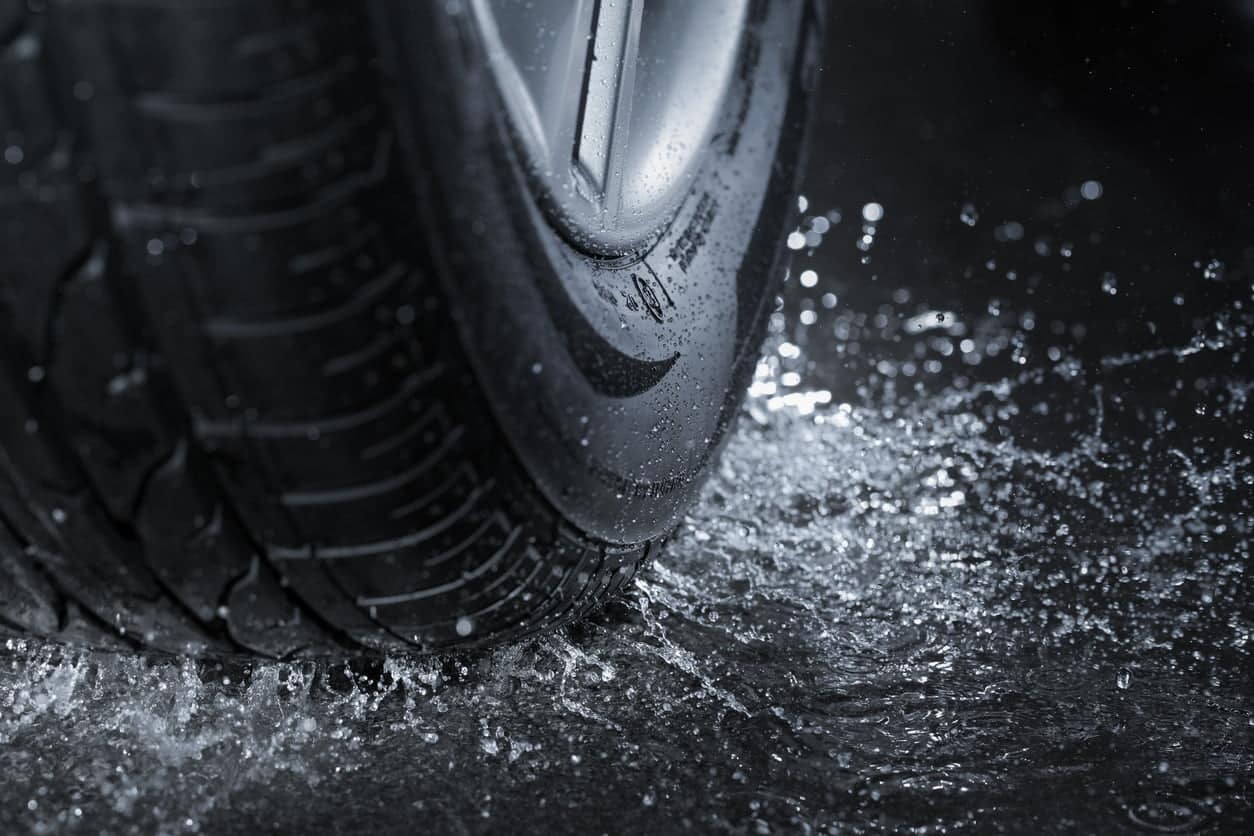
There are hundreds of tyres available for every make and model of car, so choosing the right rubber can be tricky. There are advantages and disadvantages to every tyre, so you’ll have to weigh up the pros and cons before buying.
Here are a few things to consider when buying new car tyres:
-
-
-
- Mileage – your overall mileage will determine how long the tyres last and how durable they should be. Cheaper tyres may look appealing, but if you have to change them more regularly due to the number of miles you cover, it could be more cost-effective to go for an expensive set.
- Price – When you begin searching for tyres you’ll notice a huge difference in price, often for the same type of tyre. Tyres from brands such as Michelin and Hankook come at a premium, while there are other manufacturers whose tyres are often just as good but don’t carry the same prestige. Do some research and read customer reviews to pin down the best price.
- Performance – Some tyres offer better performance than others. It may be that they’re made from a different type of rubber compound, or have a tread pattern better suited to your style of driving. Most manufacturer sites will list the performance benefits of their tyres, so you know what you’re buying and what to expect.
-
-
What Do the Numbers on Tyres Mean?
Every tyre has a size code printed on its sidewall. This provides all the essential information you need to find the right tyres for your car.
Take a look at the diagram below to get to grips with what the numbers mean on your tyres.
Types of Car Tyres
There are five main types of car tyres you need to know: premium, mid-range, budget, seasonal and run-flat. There might be types that you can’t use on your car, as some are only used on specific premium models.
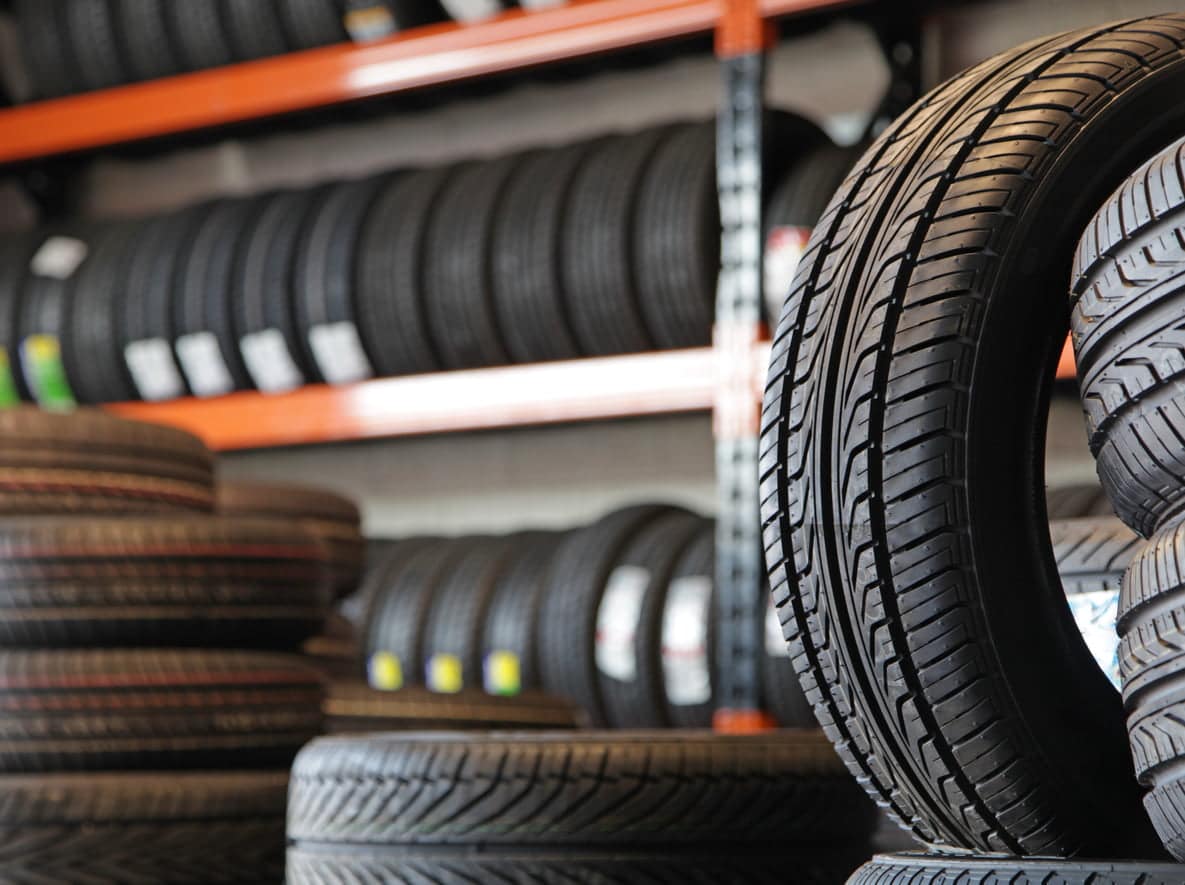
Premium Tyres
Premium tyres are produced by the big-name tyre brands, including Michelin, Continental, Goodyear, Pirelli and Bridgestone. They’re the most expensive standard tyres available, but do offer benefits such as added durability, excellent grip, improved stopping distances and quieter on-road performance.
Premium tyres are generally available for every make and model of car. Because they’re expensive, some people choose to have premiums fitted on the front wheels only, as they wear the fastest and need the best grip around corners.
Mid-Range Tyres
Mid-range tyres are the next price tier down from premium tyres. They’re normally made by brands like Toyo, Yokohama and Firestone. The great thing about mid-range tyres is that they give excellent all-round performance at a reasonable price point. That’s probably why they’re among the most popular tyres chosen by drivers.
If you’re looking for reasonably inexpensive tyres that don’t compromise performance and durability, mid-rangers are the type to choose.
Budget Tyres
Budget tyres are the cheapest new tyres available. They’re made by brands like Nordexx, Lanvigator, Budget and Maxtrek. Because they’re so cheap, you can’t expect the same performance you’d get from a premium or mid-range tyre, and you’ll probably need to change them after about 8,000 miles to ensure they stay in a safe and usable condition.
That said, budget tyres are a cheap option for drivers looking to tighten the purse strings. If you don’t do a lot of miles and do most of your driving in town, there’s nothing wrong with buying cheap tyres that can get you from A to B.
Seasonal Tyres
Seasonal tyres are rated for different climates, with different rubber compounds and tread patterns depending on whether its summer or winter. Most drivers use the same tyres all year round, but others choose to fit seasonal tyres depending on the time of year.
There is some benefit to fitting seasonal tyres ahead of the changing seasons. Summer tyres are lighter because they have less rubber tread, giving better overall fuel economy, while winter tyres offer better performance in wet and icy conditions. Of course, the trade-off is price, and the inconvenience of having to change your tyres every six months.
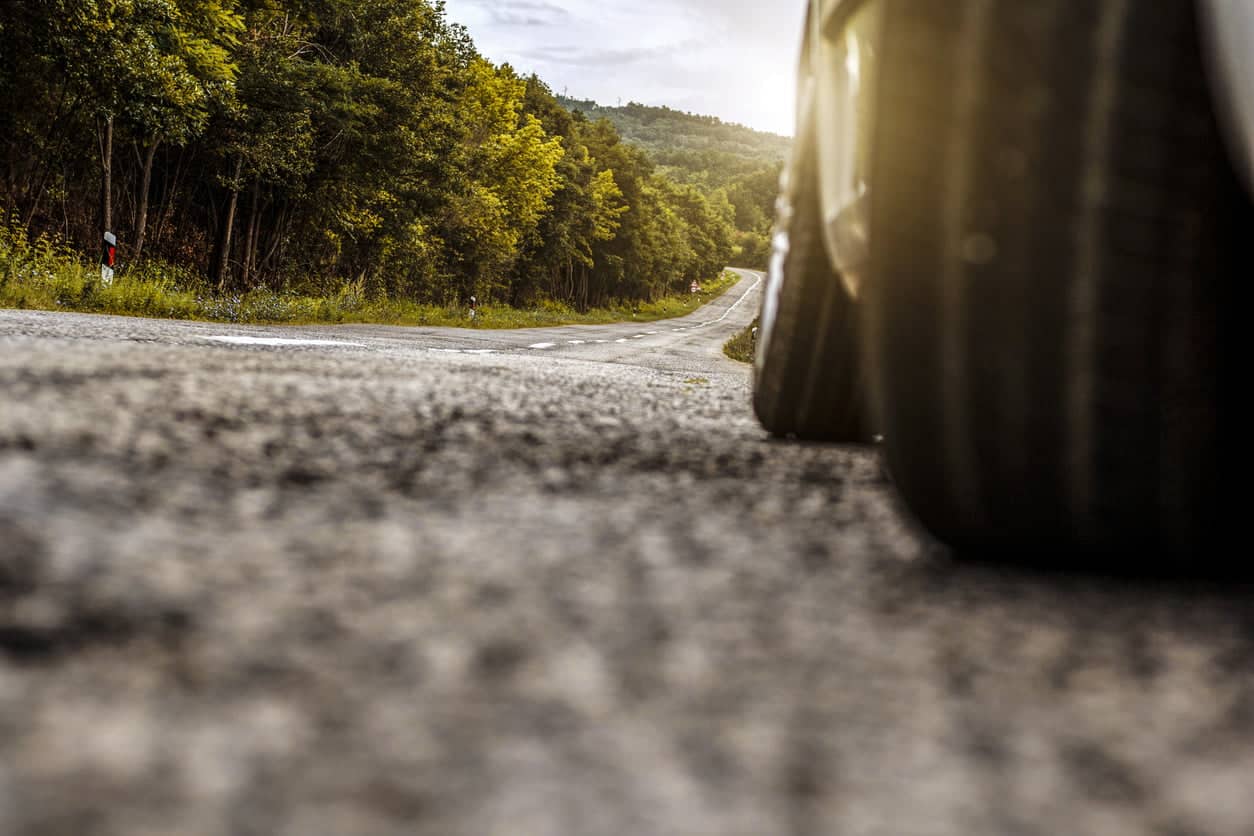
Run-Flat Tyres
Run-flat tyres are a new type of tyre that are commonly fitted on premium makes and models, like BMW and Mercedes. They have a rigid, reinforced sidewall that allows the driver to keep going for a limited time after a puncture, so they can get to their destination or to a garage (distance and speed permitting). (As a result you don’t need a tyre repair product like Tyreweld.)
Needless to say, run-flat tyres are pretty expensive. They’re not that widely available, and their technology means they cost a lot more than even the most expensive premium tyre. What’s more, they can’t be repaired like regular tyres, so if something goes wrong, you’re looking at a brand-new tyre.
Learn more about run-flat tyres in our comprehensive need-to-know guide
Should I Buy Part-Worn Tyres?
Part-worn tyres are second-hand and taken from other cars. They’ve become a popular way for drivers to get ‘new’ tyres cheaply, but there are lots of potential pitfalls to be aware of.
When tyres are replaced, dealers may choose not to dispose of the old tyres if they’re still in good condition and have a minimum tread depth of 2mm. They can then be sold on as part-worn tyres, which come in at a fraction of the price of brand-new rubber.
Part-worn tyres are fitted in exactly the same way as new tyres. Tyre dealers stockpile and sort second-hand tyres by size, so they can quickly find part-worn tyres that fit a specific make and model.
If you’re looking for cheap tyres, part-worn is an option. But, be aware of these pros and cons before you decide to buy:
Pros
-
-
-
-
- Cheap tyres for a fraction of the price of new replacements.
- Some part-worn tyres are shipped from other EU countries, where the minimum tread depth is much higher. For instance, if you buy part-worns from Germany, they’ll have a minimum tread depth of 3mm – well above the 1.6mm minimum here in the UK. That could be enough for another 3,000 miles or so.
- You can often get premium part-worn tyres for less than brand-new budget tyres, and they might end up lasting you longer than cheap budgets.
-
-
-
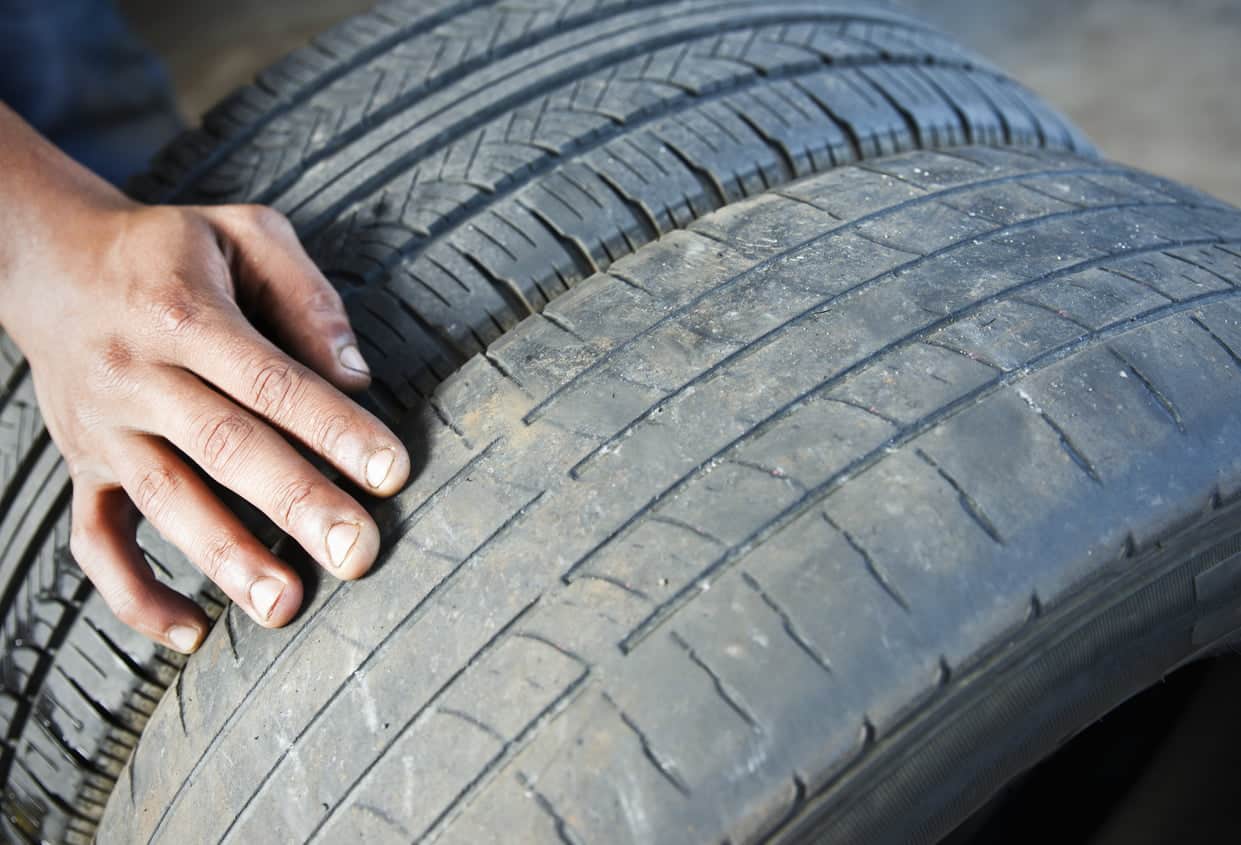
Cons
-
-
-
-
-
- Buying part-worn tyres has inherent safety risks. You don’t know where the tyres have come from, how they’ve been used previously or whether they’ve been repaired. A close-to-minimum tread depth means less grip and poor handling in wet conditions.
- Most part-worn tyres will only be good for a couple of thousand miles, as they’re already close to the legal tread limit. As such, you could end up spending more in the long-term by having to replace them regularly.
- If the tyres you buy are worn close to the minimum limit, you could fail your MOT or be fined by the police, even if you think they’re above the minimum. It could be that the place you buy the tyres from hasn’t measured the tread depth accurately, so always check before you buy to make sure they’re well above the minimum of 1.6mm.
-
-
-
-
Keeping a can of Holts Tyreweld in your boot offers peace of mind that you won’t be left stranded by a puncture. For more information on this and our complete product range, visit the homepage.
